by Stuart Mielke
‘Grass-fed’ is now widely used across the global market place for bovine products. It is loosely defined and can mean anything from 51% of the animal’s diet coming from grazed grass and forages to 100% fed on grass. Grass-fed is now so common place that one must ask whether it retains any great value as product differentiation. Has ‘grass-fed’ seen its day? And how should sustainable food move forward?
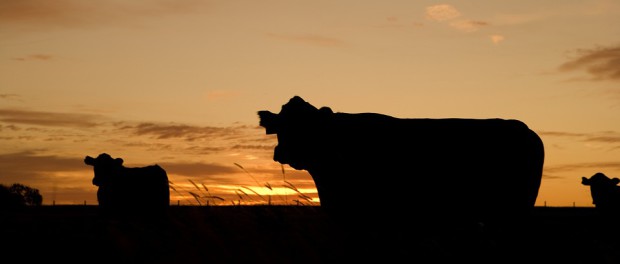
There is the perception among some that ‘grass’ means grass whereas ‘grass-fed’ may refer to using a variety of herbage plants; rightfully so as grazers need dietary diversity for their health. It may also enhance the nutritional value and the flavour of the products delivered for human consumption. ‘Grass-fed’ also does not mean just grazed grass as it includes the feeding of conserved grasses and herbage plants. And ‘grass-fed’ can also come from zero-grazing systems.
If one thinks that ‘grass-fed’ means grass, it is easy to sign up to the idea that cattle farming belongs along the wet, maritime, Atlantic seaboard of Europe. The extended growing season has long since been considered as advantageous for cattle farming. It still is, so long as the right balance is struck between stocking intensity, managing nitrate leakage, and coping with a fickle climate that can impact upon the duration of the grazing season, housing and forage needs, and forage preservation.
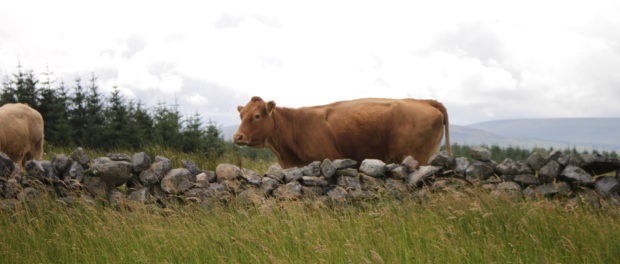
The curve ball in times of increasing environmental constraint is the ability of some maritime regions to grow and utilize nitrogen-fixing legumes. When ‘grass’ means grass nourished with plentiful amounts of artificial nitrogen and liberally dosed with slurry, one begins to think about the environmental impact of the system; not just in terms of GHG emissions but also the possible pollution of aquifers, rivers, lakes and drinking water. Apparently, New Zealand is finding that combining intensive grass-fed dairying in a maritime climate with preserving a pristine natural environment is not so easy. Scratch below the surface and one has reason to ask if ‘grass-fed’ is really all that it is cracked up to be from the perspective of sustainable food production.
Henceforward, ‘grass is only grass’ is not going to carry much weight when it comes to product differentiation. A broader audience is going to become aware that intensive grass production in wet climates may, on the surface, seem to provide cheap dairy products, but add in the externalities, and cheap they are not. If your promotional campaign leads with ‘grass-fed’ it is time to ask whether your claims relating to sustainability are going to stack up as both consumers and regulators increase their scrutiny of food production. There may appear a chasm between the marketeer’s ‘grass-fed’ and what is the green, truly sustainable reality.
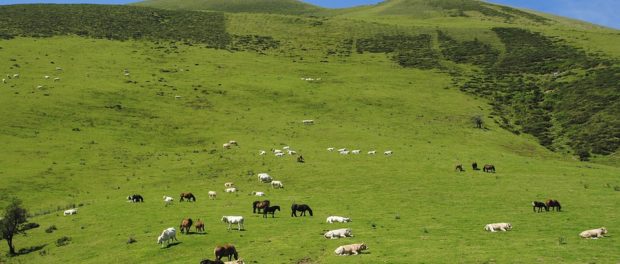
Others are already moving the goal posts and elaborating for their consumers what they mean by ‘grass-fed’. It will be about demonstrating and verifying that the products are healthier, higher in Omega 3s and with a better Omega 3:6 ratio. They must be ‘free-range’ and, in general, more animal welfare friendly. It will be about sward diversity, less fertilizer and more flora, fauna and pollinators. ‘Grass-fed’ should be associated with ‘better for the environment’ but it will be increasingly recognized that all ‘grass-fed’ animals are not raised equally. It will be about the farming system used and not ‘grass fed’ per se. Achieving low net GHG emission per unit of food produced will be very important; but it will only be one performance indicator and more will be defined over time.
Simply, going forwards, if artificial nitrogen cannot be produced efficiently in terms of cost and GHG-emissions, the cattle-farming focus will move to those regions best suited to legumes rather than grass. It will be about utilizing deep-rooting herbs, alfalfa, the vetches, the sainfoins and the clovers within rotational pastures. They, and forage crops, will be reincorporated into arable farming. Offsetting the GHG emission against soil fertility building of depleted arable soils will provide an important reason for strategically re-thinking where we deploy our farmed ruminants.
Elsewhere, we will see a move away from intensive, nitrogen-reliant grass growing in maritime climates to the extensive use of grasslands, like the steppes, the old prairies, the Pampas, and the Transylvania plateau. The climates of these regions are often cold, their growing seasons short and their winters long, but they are well able to produce a ‘grass-fed’ product. Preserving their often high-nature-value grasslands will be another ‘strategic’ reason to raise cattle where there is ecological value-added to be attained. Extensive production on less-expensive-to access land may also be better suited to balancing carbon sequestration with the GHG emissions of ruminants.
At present it is difficult to say how the economics of the above will stack up. They will, undoubtedly, be influenced by where and how the taxpayer agrees to support food production. It will be about working within the financial and regulatory constraints that society is going to place on cattle farming henceforth. Crucially, it will be about the marketing story presented to the consumer and how much the consumer is willing to pay for a product’s green characteristics; characters that will be more farming-system specific than now. Nonetheless, to focus solely on ‘grass-fed’ will no longer be an option in a changing world and, for some, it is now time to reconsider their way forward.
https://www.arc2020.eu/tag/agroecology/




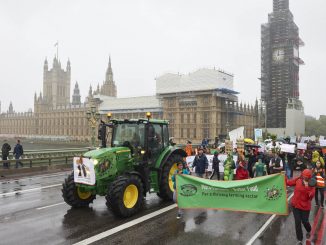
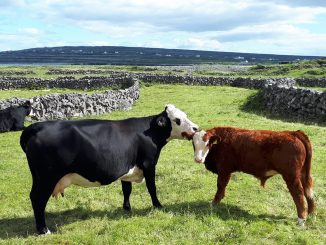
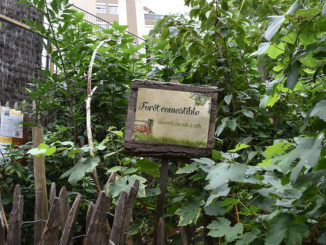
1 Trackback / Pingback
Comments are closed.